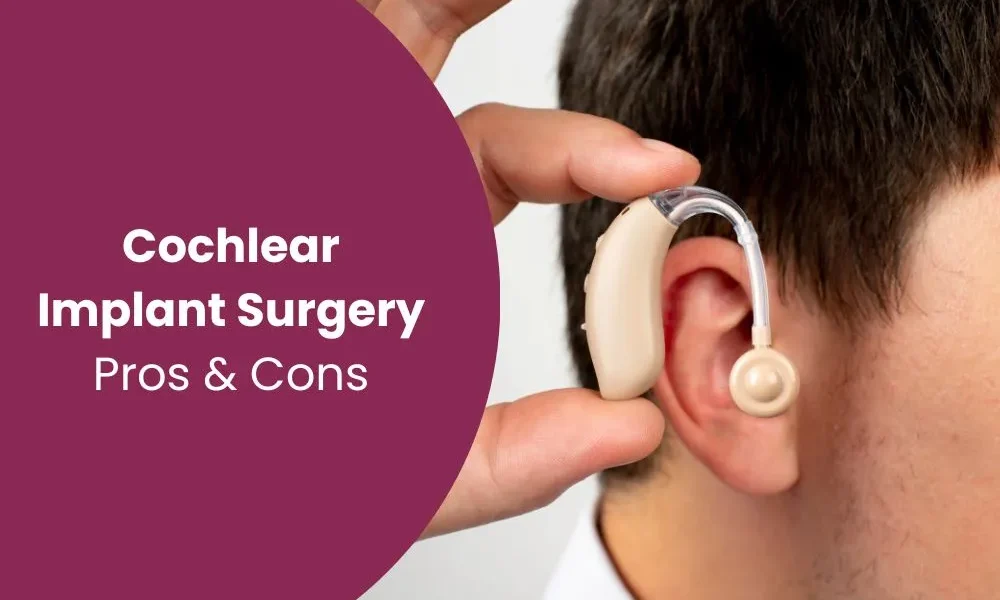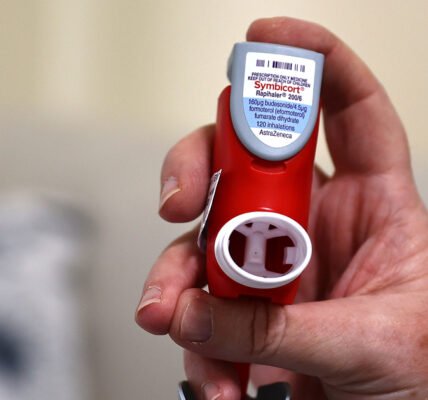Cochlear implants are life-changing devices for individuals with severe to profound hearing loss. However, complex cochlear implant cases: management and troubleshooting can present unique challenges. Whether it’s due to device malfunction, post-surgery complications, or difficulties with programming, the process of ensuring the success of a cochlear implant requires careful attention and expertise. This article will explore the key aspects of managing and troubleshooting complex cochlear implant cases, including diagnosis, custom programming, and managing device-related complications.
Understanding Cochlear Implants
Before diving into troubleshooting and management, it’s important to understand what a cochlear implant is and how it functions. A cochlear implant is an electronic device that bypasses damaged parts of the ear and directly stimulates the auditory nerve. This allows individuals with severe hearing loss or deafness to hear sounds.
Unlike traditional hearing aids, which amplify sound, cochlear implants convert sound into electrical signals that the brain can interpret. The device includes:
- External part: Microphone, speech processor, and transmitter.
- Internal part: Receiver, stimulator, and electrode array implanted in the cochlea.
The goal of the implant is to improve the patient’s hearing ability by providing direct auditory input to the brain. However, in complex cochlear implant cases, these devices may not always work as expected, and troubleshooting becomes a vital part of ensuring optimal outcomes.
Complex Cochlear Implant Cases: Key Challenges
Complex cochlear implant cases: management and troubleshooting are often required in the following scenarios:
- Post-Surgery Complications: Infection, inflammation, or issues related to electrode placement.
- Cochlear Implant Failure Diagnosis: Identifying why the implant isn’t functioning correctly.
- Device-Related Complications: Issues like device malfunction or faulty components.
- Hearing Performance Issues: Challenges with sound quality or clarity after implantation.
- Programming Difficulties: Customizing the settings to suit the patient’s needs.
Each of these cases requires a tailored approach to ensure that the patient benefits from their cochlear implant. Let’s explore how these complex issues are handled.
Step-by-Step Approach to Managing Complex Cochlear Implant Cases
1. Cochlear Implant Failure Diagnosis
The first step in managing a complex case is determining whether the cochlear implant has failed. There are several reasons why a cochlear implant might stop functioning or underperform. Diagnosing cochlear implant failure requires a methodical approach:
Common Signs of Implant Failure:
- No sound perception: If the patient is not hearing anything after activation, the device may not be functioning.
- Unclear or distorted sound: If the sound is garbled or inconsistent, the device may need adjustment or repair.
- Physical symptoms: Pain, swelling, or infection at the site of the implant.
Diagnostic Steps:
- Device Check: A thorough check of the external and internal parts of the implant (e.g., batteries, connections).
- Impedance Testing: This test checks the integrity of the electrode array and other internal components.
- Electrode Mapping: Verifying the electrode array’s placement and function within the cochlea.
- CT or MRI Imaging: In cases of suspected electrode displacement or damage, imaging helps visualize the implant’s position inside the cochlea.
2. Custom Implant Programming
Once the cochlear implant failure diagnosis is made, the next step is programming the implant to optimize sound clarity. Custom implant programming is crucial because each patient’s hearing needs and anatomy are different. The programming process involves adjusting the implant’s settings to provide the most effective auditory experience.
Steps for Custom Implant Programming:
- Initial Mapping: The first step is creating a map of the implant’s electrical stimulation parameters (called “maps”). These maps control the volume, pitch, and clarity of sound.
- Threshold Testing: The audiologist tests the minimum sound level the patient can perceive (threshold) and adjusts the settings accordingly.
- Comfort Level Testing: The next step involves adjusting the maximum comfortable sound level.
- Tuning for Speech Understanding: After setting the basic thresholds, the audiologist fine-tunes the implant to improve speech understanding and environmental sounds.
- Patient Feedback: Continuous feedback from the patient is essential to adjusting the program to their needs.
3. Device-Related Complications Management
In complex cochlear implant cases: management and troubleshooting, device-related complications are common and need to be addressed quickly to prevent further issues. Complications can occur due to a variety of factors, including device malfunction, poor device quality, or external influences such as electromagnetic interference.
Common Device-Related Complications:
- Electrode failure: This occurs when the electrodes do not function properly, resulting in poor sound quality or loss of hearing.
- Receiver/stimulator malfunction: The internal components may fail or become damaged, leading to a complete loss of function.
- Battery failure: Batteries are a common issue in cochlear implants, as dead or weak batteries can result in the device not working.
- External parts issues: Problems with the external components like the microphone, transmitter, or speech processor can also cause hearing loss or distorted sound.
Management of Device Complications:
- Immediate Troubleshooting: If there’s an issue with the external components, check the connections, and clean the device. Ensure that the batteries are properly charged and functioning.
- Internal Device Replacement: For issues related to internal components like the receiver or electrode array, surgery may be required to replace or repair the device.
- Device Updates and Calibration: In some cases, software updates or recalibration of the device can fix issues like sound distortion or malfunction.
Troubleshooting Cochlear Implant Problems: A Practical Guide
Here’s a quick troubleshooting checklist to help audiologists and clinicians diagnose and resolve common problems:
| Problem | Possible Causes | Solution |
|---|---|---|
| No sound output | Battery dead, faulty connections | Replace batteries, check cables |
| Distorted sound | Incorrect programming, device wear | Reprogram, clean device |
| Discomfort or pain | Infection, implant misplacement | Medical evaluation, possible surgery |
| Loss of hearing in one ear | Electrode malfunction, device failure | Check electrode array, repair device |
| Reduced speech clarity | Poor programming, auditory nerve damage | Reprogram, speech therapy |
Frequently Asked Questions (FAQs)
1. What are the signs that a cochlear implant may have failed?
Common signs include no sound perception, distorted or unclear sound, and discomfort or pain at the implantation site.
2. How is cochlear implant failure diagnosed?
Diagnosis involves a thorough device check, impedance testing, electrode mapping, and sometimes imaging techniques like CT or MRI scans.
3. What should I do if my cochlear implant stops working?
First, check the external components like the battery and cables. If the issue persists, contact an audiologist for a complete evaluation.
4. How often should my cochlear implant be reprogrammed?
Reprogramming is generally done during routine follow-up appointments. However, it may be required more frequently if the patient experiences discomfort or changes in hearing performance.
5. Can cochlear implants be repaired if they fail?
Yes, most cochlear implant issues can be addressed through repairs or replacements of specific parts, but severe failures may require complete device replacement.
Conclusion
Managing complex cochlear implant cases: management and troubleshooting requires a multi-step approach involving accurate diagnosis, custom programming, and the careful management of device-related complications. Ensuring the success of cochlear implants relies on the expertise of audiologists, surgeons, and the support of multidisciplinary teams.
By addressing issues such as cochlear implant failure diagnosis, custom implant programming, and device-related complications management, patients can experience a significant improvement in their hearing and quality of life. Whether through programming adjustments, device repairs, or post-surgery care, timely and effective troubleshooting is key to achieving the best outcomes for those relying on cochlear implants.
If you are facing challenges with your cochlear implant or know someone who is, don’t hesitate to consult with an experienced audiologist or implant specialist to ensure the device is functioning optimally.





